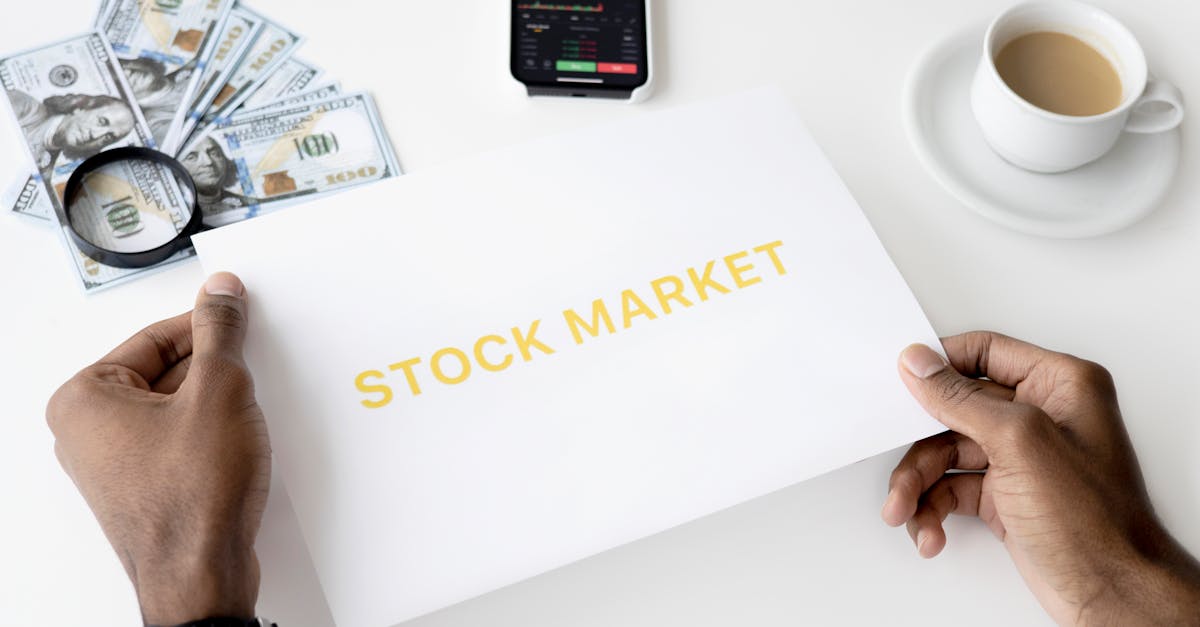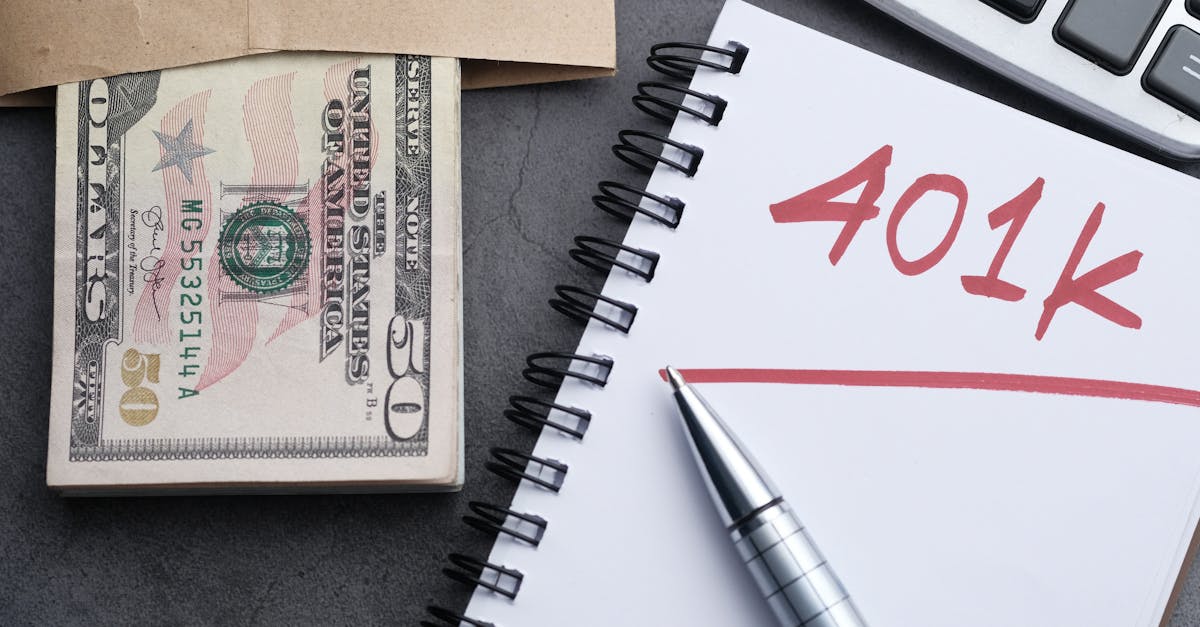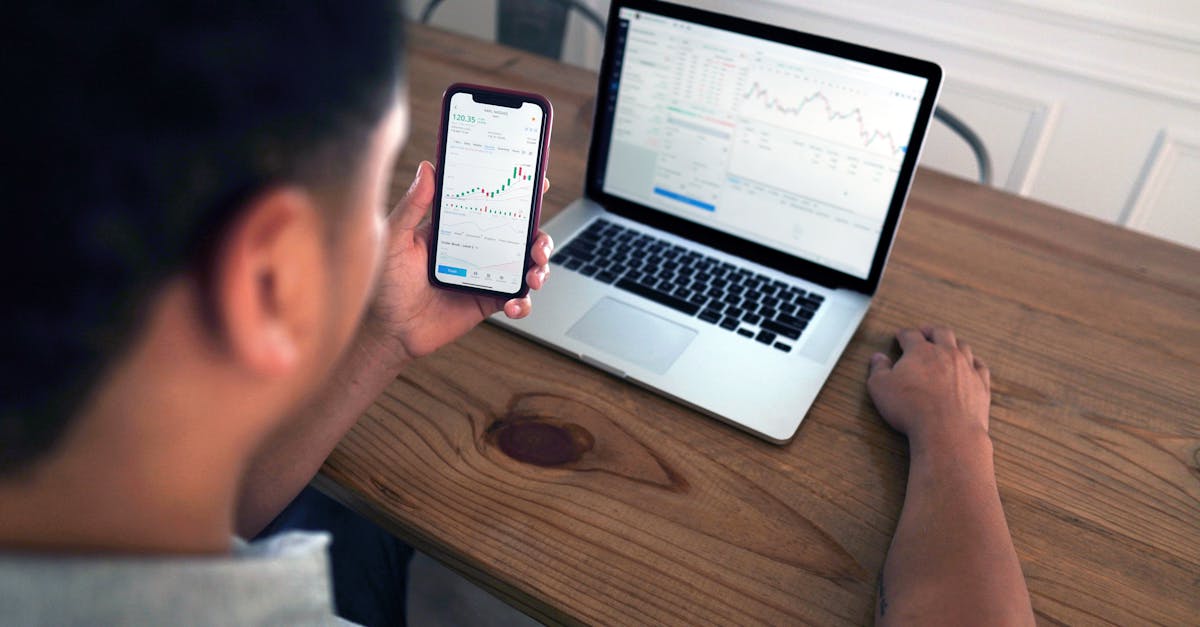Beginners Guide to Decentralized Finance
Introduction
Decentralized Finance, often referred to as DeFi, is making waves in the financial world. Built on blockchain technology, DeFi seeks to create an open financial system accessible to everyone. Through a suite of decentralized applications (dApps), it's revolutionizing everything from lending to trading cryptocurrencies.
Advertisement
Understanding Blockchain
At the heart of DeFi is blockchain technology. Blockchains are digital ledgers that record transactions across a network of computers. Each transaction is stored in a "block" and linked to the ones before it, forming a chain. This decentralized storage ensures transparency and security, key features of DeFi's appeal.
Advertisement
DeFi vs. Traditional Finance
Traditional finance relies on centralized institutions like banks and brokerages. These entities control the flow and security of money. In contrast, DeFi eliminates these middlemen, allowing direct peer-to-peer interactions. This not only reduces costs but also grants users more control over their financial assets.
Advertisement
Key Components of DeFi
DeFi comprises multiple components, including smart contracts, dApps, and cryptocurrencies. Smart contracts are self-executing contracts with terms written into code. dApps provide users with various financial services without intermediaries. Cryptocurrencies like Ethereum fuel these platforms, facilitating transactions within the DeFi ecosystem.
Advertisement
Popular DeFi Platforms
Numerous platforms have emerged within the DeFi space, each offering unique services. Uniswap enables decentralized token swapping, while Aave and Compound offer innovative lending and borrowing protocols without a bank. MakerDAO, another player, provides a stablecoin called DAI, pegged to the US dollar.
Advertisement
The Rise of Yield Farming
Yield farming is a method by which DeFi users lend their cryptocurrencies to earn interest or new tokens. It's akin to earning interest on traditional savings accounts but often yields higher returns. However, these high returns come with significant risks, including volatility and smart contract failures.
Advertisement
Risks in DeFi
While DeFi presents exciting opportunities, it's not without risks. Smart contract bugs can lead to significant financial losses. Additionally, the unregulated nature of DeFi means there's little recourse for users facing fraud. New investors should conduct thorough research and manage risks effectively when entering this space.
Advertisement
Wallets and Security
A critical step to safely engaging in DeFi is using a secure digital wallet. Wallets like MetaMask allow users to store, send, and receive cryptocurrencies. Always ensure that your wallet employs robust security practices. This helps protect your assets from unauthorized access or potential breaches.
Advertisement
The Future of DeFi
The DeFi landscape is rapidly evolving, aiming to encompass even more financial services. From insurance solutions to asset management, the potential use cases for DeFi are vast. As technology matures and mainstream adoption increases, DeFi could redefine how we perceive ownership and access to financial services.
Advertisement
Conclusion
Decentralized Finance offers a paradigm shift in how financial transactions are executed. Its reliance on transparency, security, and accessibility empowers individuals globally. As a burgeoning field, DeFi holds the promise of more inclusive financial systems, though users must navigate it with awareness and caution.
Advertisement







